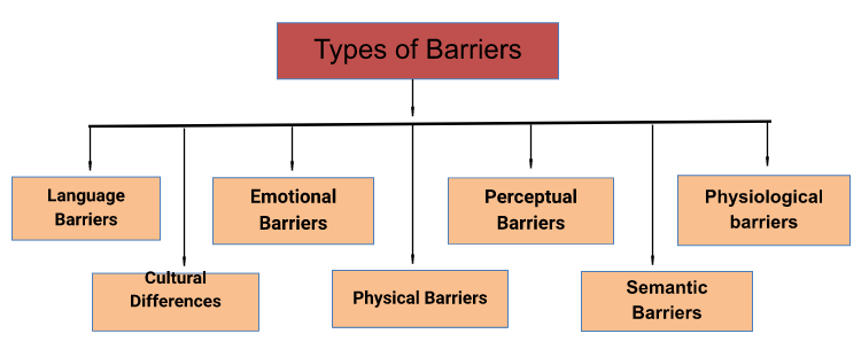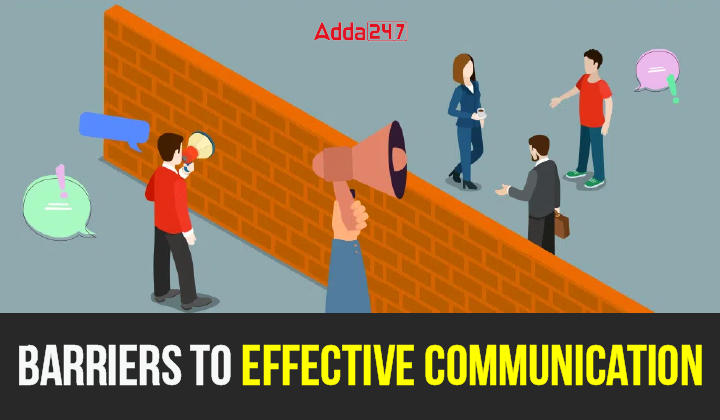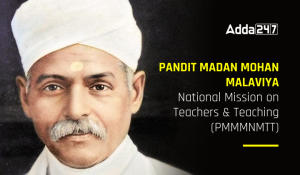Table of Contents
Communication serves as the foundation for human interaction, enabling the exchange of ideas, thoughts, and emotions. However, despite its significance, effective communication is often impeded by various barriers. Barriers to communication are the factors that can hinder the transmission of messages, distort their meaning, and create misunderstandings.
Lets will discuss common barriers to effective communication and offer insights on how to overcome them, fostering better connections and understanding in personal and professional relationships.
Types of Barriers

-
Language Barriers
Language is a powerful tool, but when people speak different languages or have limited proficiency, communication can become challenging. These barriers include differences in native languages, dialects, and jargon. Misinterpretation and confusion can arise, hindering effective communication.
How to overcome:
- Use simple and clear language: Avoid complex vocabulary or technical terms that may be unfamiliar to the other person.
- Provide visual aids: Utilize visual aids, such as diagrams, images, or gestures, to support verbal communication and enhance understanding.
- Use translation tools: Utilize translation tools or interpreters when necessary to facilitate communication between individuals who speak different languages.
-
Cultural Differences
Cultural diversity enriches our world, but it can also pose obstacles to effective communication. Different cultural norms, values, and communication styles can lead to miscommunication and misunderstandings.
How to overcome:
- Develop cultural competence: Educate yourself about different cultures, their communication styles, and cultural norms to foster understanding and sensitivity.
- Practice active cultural listening: Actively listen and observe cultural cues, such as body language, tone, and context, to better interpret messages.
- Seek feedback and clarification: If you are uncertain about cultural differences, ask for feedback or clarification to ensure accurate understanding.
-
Emotional Barriers
Emotions play a significant role in communication. When individuals are overwhelmed by emotions such as anger, fear, or sadness, it can hinder their ability to express themselves clearly or listen attentively. Emotional barriers can also arise from previous negative experiences, leading to defensive or guarded communication.
How to overcome:
- Develop emotional intelligence: Enhance your ability to recognize and manage emotions in yourself and others to foster effective communication.
- Create a safe space: Cultivate an environment where individuals feel comfortable expressing their emotions and thoughts without fear of judgment.
- Practice active listening and empathy: Be attentive to others’ emotions, validate their feelings, and respond with empathy and understanding.
-
Physical Barriers
Physical barriers refer to elements that obstruct effective communication, such as distance, noise, and environmental factors. In today’s digital age, virtual communication has become increasingly prevalent, introducing its own set of physical barriers, including technological glitches and connectivity issues.
How to overcome:
- Choose appropriate communication channels: Select the most suitable medium, considering the context and nature of the message.
- Minimize distractions: Find a quiet space, free from disruptions, and minimize background noise to enhance concentration and comprehension.
- Test technology: Ensure reliable technology, clear audio, and stable internet connections for virtual communication platforms.
-
Perceptual Barriers
Perception plays a vital role in how we interpret messages. Perceptual barriers occur when individuals have different viewpoints, biases, or preconceived notions that distort their understanding. Assumptions, stereotypes, and selective listening can hinder effective communication.
How to overcome:
- Active Listening: Engage in active listening by focusing on the speaker, observing non-verbal cues, and avoiding assumptions or preconceived notions.
- Recognize and Challenge Biases: Be aware of your own biases and prejudices that can influence your perception.
- Promote Open Dialogue: Encourage open and honest dialogue, creating a safe environment for individuals to express their thoughts and opinions.
-
Semantic Barriers
Semantic barriers refer to obstacles that arise from differences in the meanings of words, symbols, or language used in communication. These barriers can lead to misunderstandings and misinterpretations. Examples include using ambiguous language, technical jargon, or unfamiliar terminology.
How to overcome:
- Use clear and concise language: Express ideas and messages in a straightforward and easily understandable manner.
- Provide context and explanations: Clarify any technical terms or concepts by offering explanations or providing examples.
- Confirm understanding: Encourage active listening and ask for feedback or clarification to ensure that the intended message is correctly understood.
-
Physiological barriers
Physiological barriers occur when either the sender or the receiver of a message faces challenges expressing or comprehending communication due to physiological conditions. These conditions may include dyslexia, nerve disorders affecting speech or hearing, or other impediments that hinder clear expression or reception of the message.
How to overcome:
- Accommodations and Assistive Devices: Utilize aids such as hearing aids or speech-to-text software to support communication for individuals with physiological barriers.
- Patience and Understanding: Show understanding and allow sufficient time for individuals to express themselves.
- Alternative Communication Methods: Explore non-verbal cues, visual aids, or written notes to enhance understanding.
How to Overcome Barriers of Communication?
Check out the following pointers to find out some effective ways to overcome barriers of communication.
- Listen actively, give full attention, and avoid interruptions.
- Seek clarification through questions and paraphrasing.
- Pay attention to non-verbal cues like body language and tone of voice.
- Be empathetic and culturally aware.
- Simplify complex information and use examples or visuals.
- Encourage feedback and confirmation.
- Choose the appropriate communication medium.
- Develop emotional intelligence to navigate sensitive topics.
- Practice brevity and organization in your message.
- Continuously learn and improve your communication skills.
Conclusion
By identifying and addressing the barriers to effective communication, individuals can build stronger connections, foster understanding, and overcome challenges in personal and professional relationships. Embracing active listening, cultural sensitivity, and emotional intelligence, and utilizing appropriate communication strategies will pave the way for effective and meaningful communication.
Download Barriers to Effective Communication PDF
| UGC NET Study Notes Important Links | |
| UGC NET Study Notes for Paper 1 | UGC NET English Literature Notes |
| UGC NET Commerce Notes | |




 UGC NET Philosophy Syllabus 2025 PDF Dow...
UGC NET Philosophy Syllabus 2025 PDF Dow...
 UGC NET Commerce Syllabus 2025 PDF Downl...
UGC NET Commerce Syllabus 2025 PDF Downl...
 PMMMNMTT for NEP 2020, Check details Her...
PMMMNMTT for NEP 2020, Check details Her...














